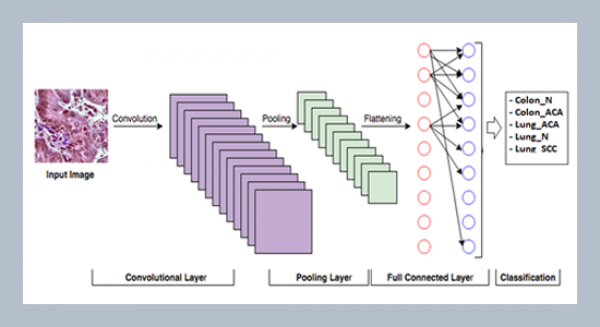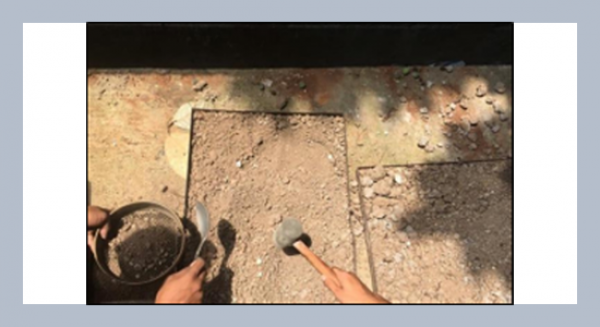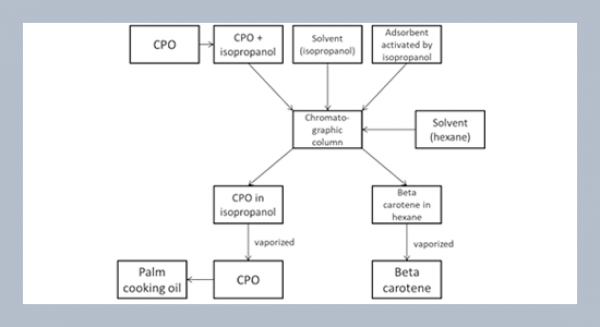GBSL. Soujanya*, Y. N. Reddy, and K. Phaneendra Department of Mathematics, National Institute of Technology, Warangal, India.
Download Citation:
|
Download PDF
In this paper, we have presented a fitted Galerkin method for singularly perturbed differential equations with layer behaviour. We have introduced a fitting factor in the Galerkin difference scheme which takes care of the rapid changes occur that in the boundary layer. This fitting factor is obtained from the theory of singular perturbations. Thomas algorithm is used to solve the tridiagonal system of the fitted Galerkin method. The existence and uniqueness of the discrete problem along with stability estimates are discussed. Also we have discussed the convergence of the method. Maximum absolute errors in numerical results are presented to illustrate the proposed method.ABSTRACT
Keywords:
Singularly perturbed two-point boundary value problem; boundary layer; Taylor series; Galerkin method; maximum absolute error.
Share this article with your colleagues
REFERENCES
ARTICLE INFORMATION
Accepted:
2011-07-06
Available Online:
2011-09-01
Soujanya, G.B.S.L., Reddy, Y.N., Phaneendra, K. 2011. A fitted galerkin method for singularly perturbed differential equations with layer behaviour. International Journal of Applied Science and Engineering, 9, 195–206. https://doi.org/10.6703/IJASE.2011.9(3).195
Cite this article:















